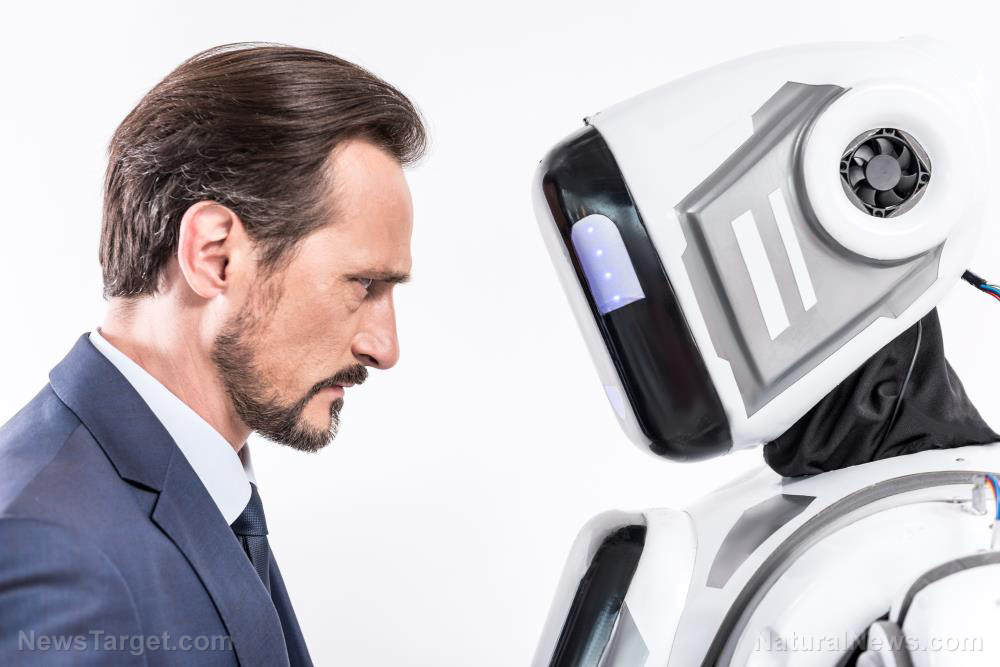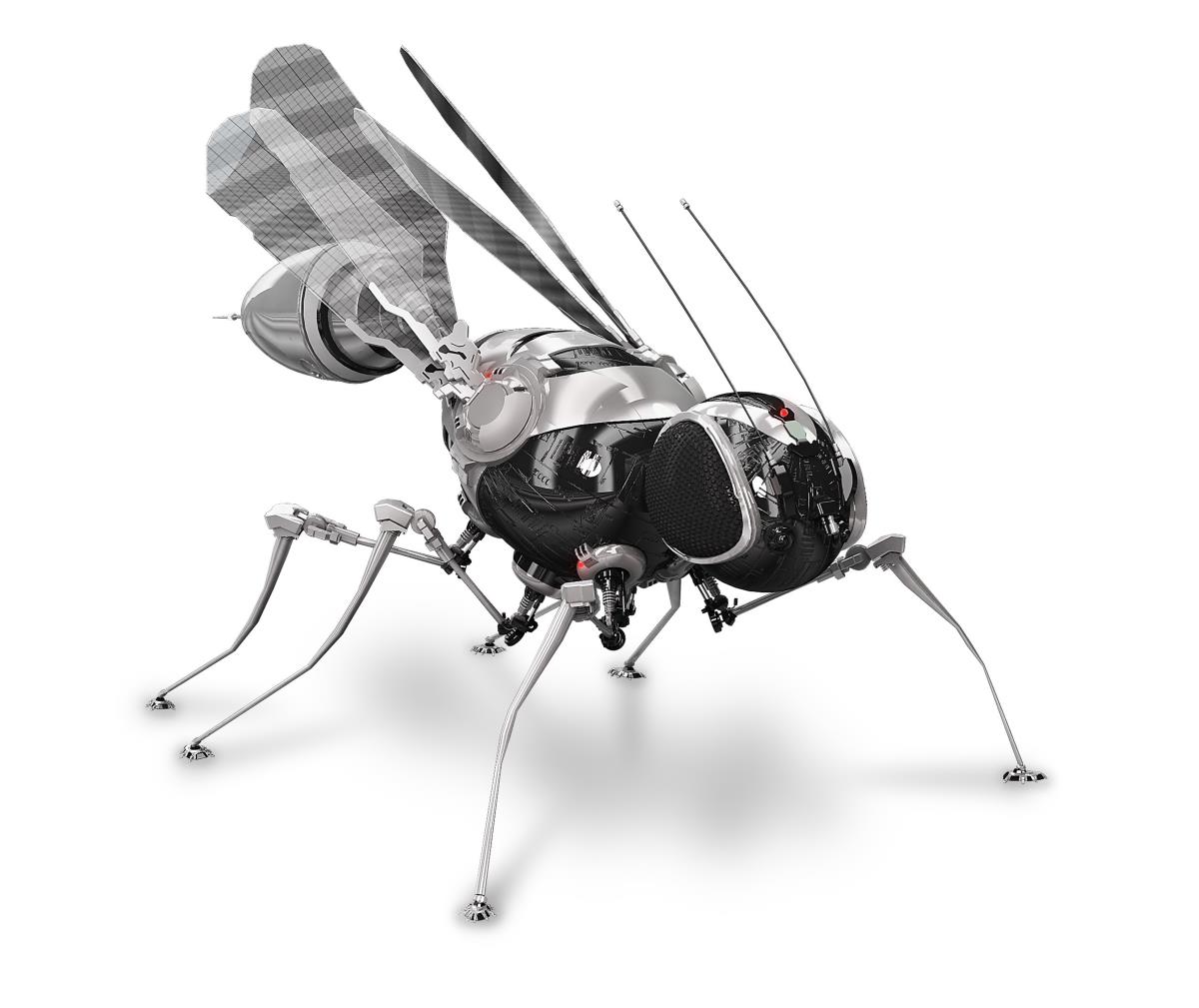Study finds algorithm to speed up development of quantum computers
03/18/2019 / By Ralph Flores

It’s easy to see why experts are gearing up for a future powered by quantum computers. For one, these have the potential to outperform conventional computers. Unlike our current models which operate using single binary values of “0” or “1,” quantum computers use qubits that can process using either value or even both at the same time. This allows it to perform much faster computations using only a fraction of the energy that conventional computers use.
While quantum computing is still in its development stage, it has gained significant traction in many scientific fields — with researchers looking at its potential use in chemistry, physics, and other related fields. In a study published in Open Access Journal Chemical Physics Letters X, researchers from Osaka City University have developed a quantum algorithm that allows for full configuration interaction (full-CI) calculations of atoms and molecules. To note, full-CI calculations are used to solve the Schrodinger equation, which determines the energy levels of quantum mechanical systems, such as atoms and transistors.
For researchers, this is the next step in quantum computing, especially when dealing with equations that produce figures that increase exponentially, like the full-CI method.
“[The] number of variables to be determined in the Full-CI method grows exponentially against the system size, and it easily runs into astronomical figures such as [an] exponential explosion,” the researchers said. “For example, the dimension of the Full-CI calculation for benzene molecule C6H6, in which only 42 electrons are involved, amounts to 1044, which are impossible to be dealt with any supercomputers.”
The history of quantum computers can be traced to a suggestion made by noted physicist Richard Feynman in 1982. He proposed that for quantum mechanics to be simulated, it has to be done by a computer made of quantum mechanical elements that follow quantum mechanical laws. However, it was only recently that Alan Aspuru-Guzik of the University of Toronto and his team developed an algorithm that can compute for energies of atoms. While this was a big step in quantum computing for quantum chemistry, this system only calculated energies of atoms polynomially against the number of variables in the systems. In a full-CI calculation, the process would have to be repeated multiple times to eliminate bad-wave functions and arrive at exact values. This problem can become salient in open shell systems, as these have unpaired electrons that do not participate in chemical bonding.
The Osaka-based researchers developed a new algorithm that uses a spin function called a Serber construction to improve the efficiency of configuration state functions on open shell electronic structure calculations of molecules. This reduces the number of gate operations to two down-spins of unpaired electrons. As a result, parallelism of the quantum gates is achieved.
The algorithm is a breakthrough from the previous method of full-CI calculations, which require a number of quantum circuit gate operations. In addition, these gates must be proportional to the down-spin of unpaired electrons. If the down-spins increase, the time required to compute full-CI calculations also significantly increases — which also makes it impractical to use in standard quantum programming architecture.
“This is the first example of practical quantum algorithms, which make quantum chemical calculations realizable on quantum computers equipped with a sizable number of qubits,” the team wrote in their paper. “These implementations empower practical applications of quantum chemical calculations on quantum computers in many important fields.” (Related: Quantum physics puzzle SOLVED: Researchers say that totally secure data transfer now possible.)
The race for the first working quantum computer
If the previous generation had the space race, our current generation is on the race to develop the quantum advantage — a situation where a quantum computer outperforms a conventional one. Scientists predict that we’re still decades away before these computers are able to take on meaningful tasks, but that hasn’t stopped tech giants like IBM, Google, Intel, and Microsoft from developing the first machine to usher industries into the future. Interestingly, the U.S. Defense Advanced Research Projects Agency (DARPA) is looking at a hybrid concept that uses both quantum and classical computing to “exploit quantum information processing before fully fault-tolerant quantum computers exist.”
However, some countries want in on the race: In China, plans to build a $10 billion national lab for computing are in place, and even Alibaba — the country’s largest conglomerate — is looking to take part in the action. South Korea has also recently announced a five-year development program for quantum computing, with its science ministry helming the $40 million program.
It’s a looming arms race for the first working quantum computer, and it’s not without benefits. Here are a couple of ways that quantum computing is sure to shake up the future.
- Cryptography. Most security systems rely on classical computers to ensure that data is protected using huge numbers. With quantum computers, these numbers can become potentially unbreakable codes and increase data protection.
- Weather forecasting. Predicting the weather is a data-driven business: Traditional weather simulation uses large and complex data sets to ensure accuracy — something that can be limited by conventional computers. Quantum computers, on the other hand, can process massive amounts of data to create accurate predictions, and even take into considerations changes within the day.
The future could be spelled “quantum.” Learn more at FutureTech.news.
Sources include:
Tagged Under: breakthrough, computers, computing, discoveries, future tech, innovation, inventions, quantum chemistry, Quantum Computers, quantum technology, research, science and technology


















